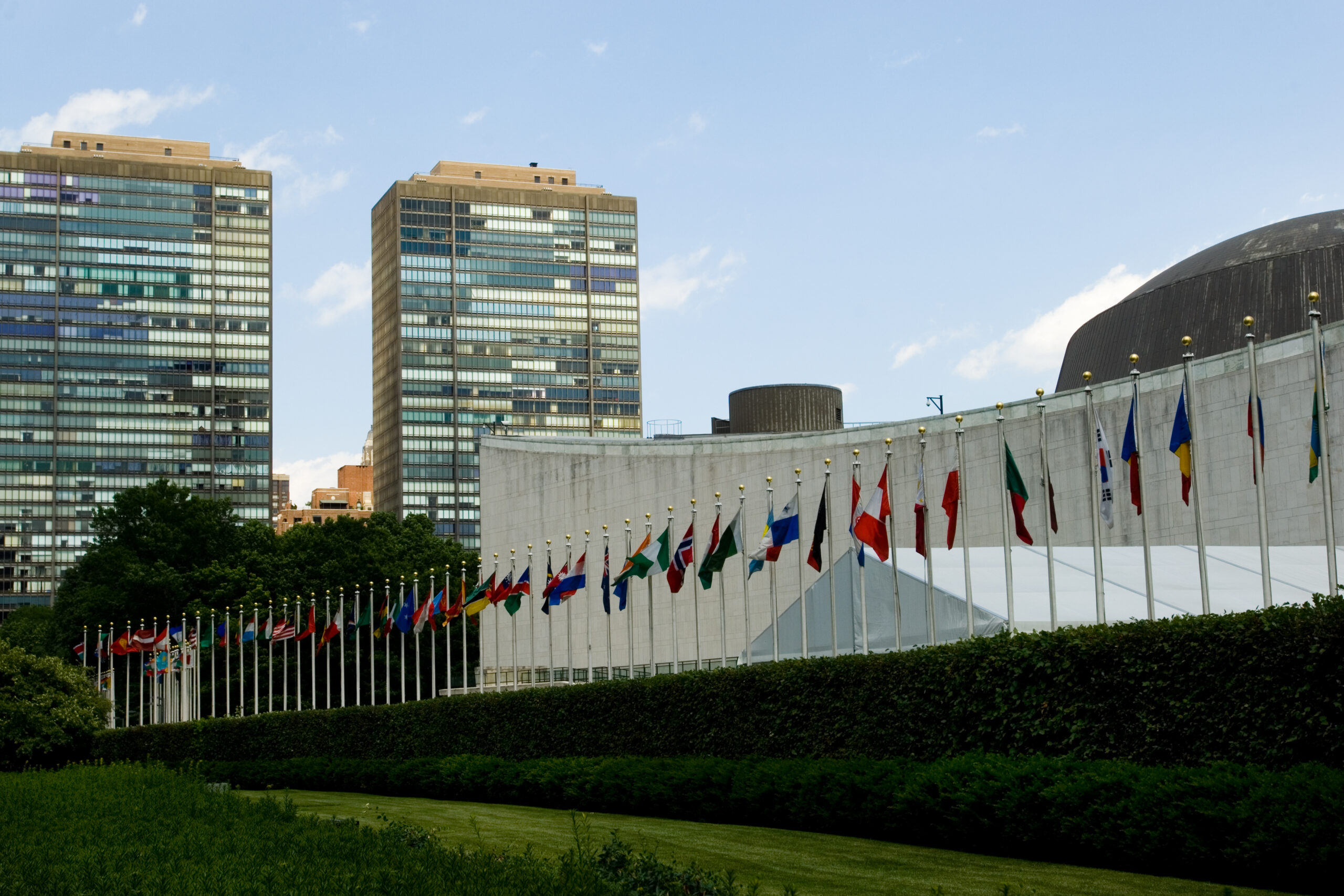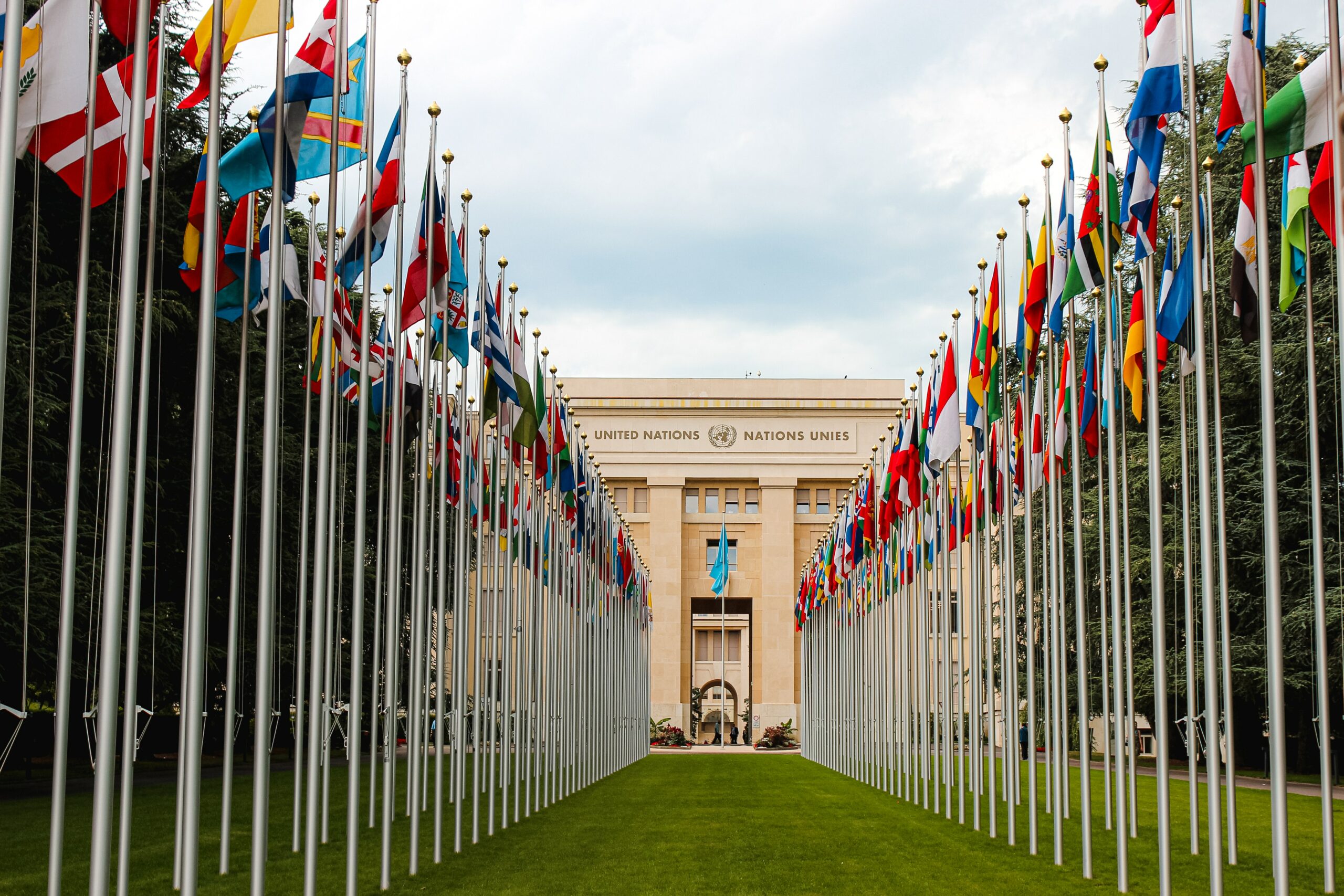The Nuclear Weapons Prohibition Treaty: Future prospects
The First Meeting of the States Parties of the Treaty on the Prohibition of Nuclear Weapons TPNW (CMP-1) is scheduled for mid-2022. What does the future hold for this controversial instrument?
The global community confronts an unprecedented situation. Through the TPNW, a majority of states has rendered illegal in international law the central component of national security embraced by a militarily more powerful minority. Can “something” be illegal for some States and not for others? The question evokes the relationship between treaty law and international customary law.
The jurisprudential basis is the 1996 ICJ Advisory Opinion on the Legality of the Threat or Use of Nuclear Weapons. The Court noted that, without a prohibition treaty, the illegality of nuclear weapons could not be definitively concluded in an extreme circumstance of self-defence when the very survival of a State was at stake. But it noted that the international community was increasingly concerned with nuclear weapons, and associated existing treaties, which it saw as “foreshadowing a future general prohibition of the use of such weapons.”[1]
The TPNW is the prohibition thus foreshadowed. Yet the strategic division over nuclear weapon possession and use runs deep. Support for the most recent UNGA resolution attracted 128 Member States, with 42 opposing.[2] The Security Council’s Permanent Five (P5), across traditional political divides, have affirmed the primacy of the NPT: “[t]he P5 opposes the TPNW. It contradicts and risks undermining the NPT […]” The P5 will not sign or ratify the Treaty which will not bind them. They do not accept any claim that it contributes to the development of customary international law. NATO’s P3 (the United States, Great Britain, and France) contend that “accession to the ban treaty is incompatible with the policy of nuclear deterrence, which has been essential to keeping the peace in Europe and North Asia for over 70 years.”
Some diplomatic reconciliation of the NPT/TPNW stand-off is now discernible. The P5 recently reaffirmed the Reagan-Gorbachev Declaration that a nuclear war cannot be won and must never be fought, and “[a]s nuclear use would have far-reaching consequences, we also affirm that nuclear weapons – for as long as they continue to exist – should serve defensive purposes, deter aggression, and prevent war […] We remain committed to our Nuclear Non-Proliferation Treaty (NPT) obligations, including our Article VI obligation […] We are resolved to pursue constructive dialogue with mutual respect and acknowledgment of each other’s security interests and concerns.”
The challenge ahead for TPNW Parties is to successfully move towards “effective universality.” It took just four years to achieve 59 ratifications.[3] What might be achieved in another four (by CMP-3, January 2026)? A credible strategy for universal adherence as envisaged in the TPNW (Art. 12) would identify chronological goals for progressing ratification by the following States, in order of increasing difficulty. The first target would be to achieve 128 ratifications that would equal the support for the recent resolution. This ratification effort would entail the remaining 30 signatory States, and then the 42 States that supported the resolution but have yet to sign the TPNW.[4]
More challenging would be the second target, involving the 23 States which abstained (16)[5] or did not vote (7). However long this may take, it would result in 151 UN Member States as parties. The 42 nuclear powers and dependent states will be expected to maintain their opposition for the foreseeable future.
Beyond treaty law, the question arises whether the prohibition of nuclear weapons and, before that, of biological and chemical weapons, may become a peremptory norm in international customary law.[6] The ILC recently completed a five-year study of peremptory norms. Its final draft report advances 23 conclusions, with commentary on governmental views.[7] Despite opposition by a minority of militarily powerful States, the report contains a “non-exhaustive list” of peremptory norms.[8] The ILC will decide, by August at its 73rd Session, whether to recommend that the UNGA commend the conclusions and draw them to the attention of governments.
Agreement on a peremptory norm encounters two problematic issues: irreversibility and universality. A peremptory norm allows no derogation, yet six of the eight norms identified have treaties allowing a Party to withdraw.[9] Is a State withdrawing from any of these treaties not still required to observe the obligation as a peremptory norm, or does withdrawal repudiate the peremptory norm? For their part, the treaties covering weapons of mass destruction (biological, chemical, nuclear) contain withdrawal clauses despite making non-possession and non-use “irreversible.”
Secondly, the ILC Report states (conclusion 4) that a peremptory norm requires acceptance by the international community “as a whole” but adds (conclusion 7) that a “very large majority of States” is required, and “acceptance by all States is not required.” A “very large majority” does not constitute “a whole.”[10] But if it is accepted as the qualifier, it would be instructive to have a definition or some indication of proportion. Would 128 States suffice – or 151? If so, might those opposing the Treaty be credibly regarded as “persistent objectors” to the peremptory norm?
All of this concerns the international community of States. What of the global community of peoples? Recent IPU resolutions, reflecting the views of parliaments, have recorded support for the TPNW. Opinion polls in many nuclear-allied countries reflect a majority favouring prohibition. It is telling that heinous individual crimes (genocide, torture, slavery) are on the list of peremptory norms yet weapons of mass destruction are not.
“Effective universality” of the TPNW will be achieved but it will take time. Given that the weapon has existed for 77 years, a few decades will prove fleeting. Obviously, a verification regime for weapon dismantling and disposal is required.[11] India’s Action Plan for Disarmament (1988), which envisaged nuclear disarmament over three phases by 2010, could ironically act as a guideline. Twenty years should suffice for all nine nuclear weapon states, once the corner is turned – perhaps by 2045.
[1] ICJ opinion, para 62. See also para 98
[2] Vote on UNGA resolution A/RES/76/34 (6 Dec. 2021): 9 nuclear weapon states; 27 NATO allies; three bilateral US-allies; plus Bosnia-Herzegovina, Micronesia, Monaco.
[3] Comprised of 56 UN Member States, plus Cook Islands, Holy See, Palestine.
[4] This group includes 13 Middle East countries, one in Europe (Cyprus), three in Eurasia (Azerbaijan, Turkmenistan, Uzbekistan), one in Asia (Sri Lanka), two in the Pacific (PNG, Solomon Is.)
[5] Including six European countries (Finland, Georgia, Serbia, Sweden, Switzerland, Ukraine); four Eurasian (Armenia, Belarus, Kyrgyzstan, Tajikistan); one Asian (Singapore); two Pacific (Marshall Is., Tonga).
[6] “A peremptory norm of general international law (jus cogens) is a norm accepted and recognized by the international community of States as a whole as a norm from which no derogation is permitted and which can be modified only by a subsequent norm of general international law having the same character.” See
https://legal.un.org/ilc/reports/2019/english/chp5.pdf
[7] A/CN.4/747 (24 January 2022). Comments were advanced by 24 States (including the US, UK, France, Germany, Israel; but not China, India, Pakistan or DPRK).
[8] Prohibition of aggression, genocide, crimes against humanity, racial discrimination and apartheid, slavery, torture; the basic rules of international humanitarian law; the right of self-determination ( A/CN.4/747, p. 76)
[9] Of the other two, aggression is prohibited under the UN Charter and there is no withdrawal clause; self-determination is guaranteed under both human rights covenants with no withdrawal clauses. The covenants allow for derogation of their obligations during a “public emergency” with the exception of right to life, right to freedom of thought, conscience, religion, and the prohibition of torture, slavery, legal personhood.
[10] The conventions prohibiting biological and chemical weapons have considerably more ratifications than the genocide, slavery and torture conventions.
[11] See A/RES/76/56.
About the Author
Dr Kennedy Graham has been a New Zealand diplomat, Member of Parliament, and UN official. He has taught international relations and international law at the College of Europe (Bruges) and several universities in New Zealand.
Disclaimer: The opinions articulated above represent the views of the author and do not necessarily reflect the position of the Asia Pacific Leadership Network or any of its members. The APLN’s website is a source of authoritative research and analysis and serves as a platform for debate and discussion among our senior network members, experts and practitioners, as well as the next generation of policymakers, analysts and advocates. Comments and responses can be emailed to apln@apln.network.
Image: iStock via Tom Loel




